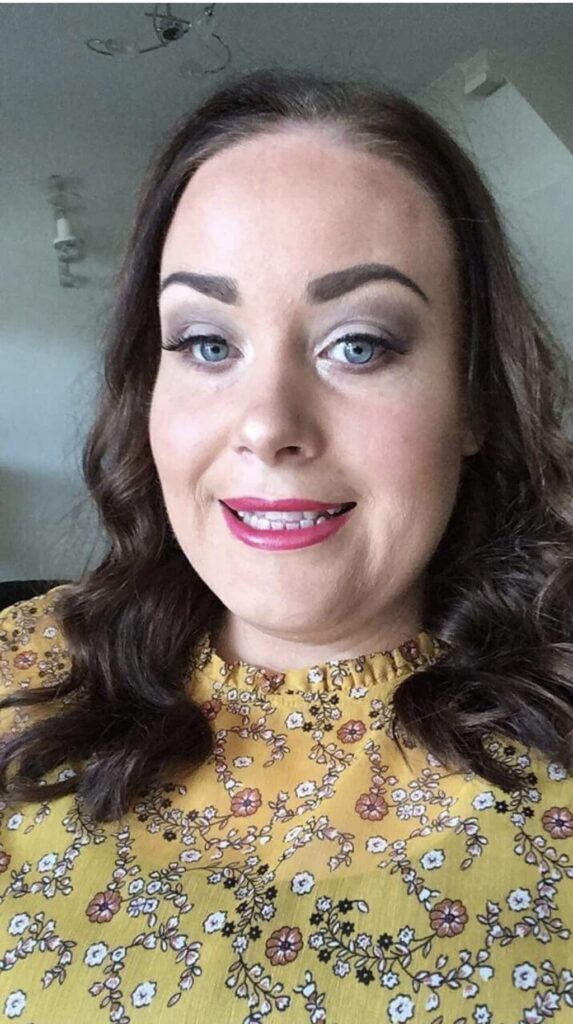Jane Colfer: What is Spina Bifida
So for today’s blog post I thought I’d give you an insight to what exactly Spina Bifida is and what’s it like for me personally having Spina Bifida. I will also be explaining the 3 main types of Spina Bifida for those of you who don’t know much about the disability itself.
So first things first I’d thought I’d start off by giving you some background information on what exactly spina bifida is. Spina bifida is generally known as a birth defect that occurs when the spine and the spinal cord haven’t been able to form properly. Spina bifida falls under the broader category neural tube defects. The name Spina Bifida literally translate to the words “split spine”. It is said to affect about one in every 100 children that are said to be born in Ireland Today . It’s also known as a very relatively common birth defect among children born in the United States also. Out of the 4 million people that are living in the United States today it is estimated that between 1,500 to 2,000 of those people were said to have been born with some form of Spina Bifida. Those born with Spina Bifida nowadays are said to live a long and healthy life thanks to the many kinds of different treatments that have been discovered in order to help a personal living with the disability.
There are three known main types of Spina Bifida. The first one is called Spina Bifida occulta or SBO. Spina Bifida occulta is said to be the mildest form of the birth defect. Most people that are born with SBO sometimes don’t even know that they have it. The only way to properly tell if you have Sbo is if you have been sent for an x-ray for another reason and signs of SBO show up on the x-ray. The word Occulta is derived from the Latin word which means hidden. This form of Spina Bifida doesn’t usually any type of disability in those who are diagnosed with it. One of the main symptoms a person living with SBO are usually shown by either a tuft of hair or a birthmark at the site of the defect.
The second main type of Spina Bifida is known as Spina Bifida Meningocele. Meninggocele is said to occur when a sac of spinal fluid ( not the spinal cord itself ) pushes its way through an opening of the baby’s back. It is the rarest type of Spina Bifida. The majority of the time people who have meningocele are said to have experienced no symptoms whatsoever. However some people diagnosed with meningocele can end up with problems or complications with the bladder and bowels. Another symptom a person living with meningocele can have is there may be a slight chance a slight layer of skin can form around the sac itself.
The third and final main type of Spina Bifida is known as Spina Bifida Myelomeningocele. This is said to be the most severe form of the defect. During this defect the baby’s spinal canal is open in either one or more places of the lower and/or middle back. The baby’s spinal cord can be open in either one or more places of the lower back and or the middle of the back itself. Another thing that can occur is that a sac of fluid can mostly likely poke out.
Although there are said to be no major reasons as to what exactly can cause Spina Bifida to form within a baby. Some professionals believe that it can be made up of the environment in which we live in, the history of a persons family and a lack of folic acid being produced in a mother’s body while she’s carrying her baby. A pregnant mother can have tests done to determine if her baby will be born with Spina Bifida or not. The first test she can have is blood been taken from her so it can tested for a protein in her body made by the babe called AFP. The second test that can be done is an ultrasound to see if your unborn child is showing signs of Spina Bifida. The last test is an injection which is inserted into the baby to take a tiny amount of fluid from the amniotic sac. Doctors can usually use surgery to correct some of the issues a baby develops with Spina Bifida when they are only a few days old or in some cases it can be done when the baby is still in the womb. I myself personally got my first operation to close the incision in my back when I was just 2 days old. This was to put the membrane around the spinal cord back into place and close the back opening securely. I also had a vp shunt inserted into my brain to drain amniotic fluid that has built up and drain it into my stomach. Other operations I had were to release tendons in the backs of both my angles and an iron bar placed into my big toe on my left foot in order to straighten it out. I hope this blog has been very helping to those who read it and can give you a better understanding on what it means to have Spina Bifida. Thanks for reading and I’ll catch you all in my next blog.

